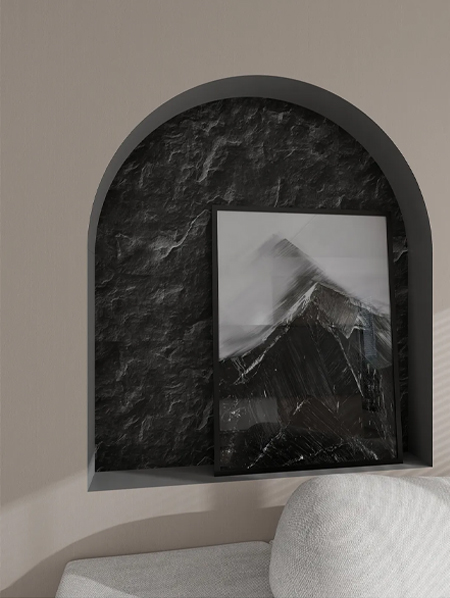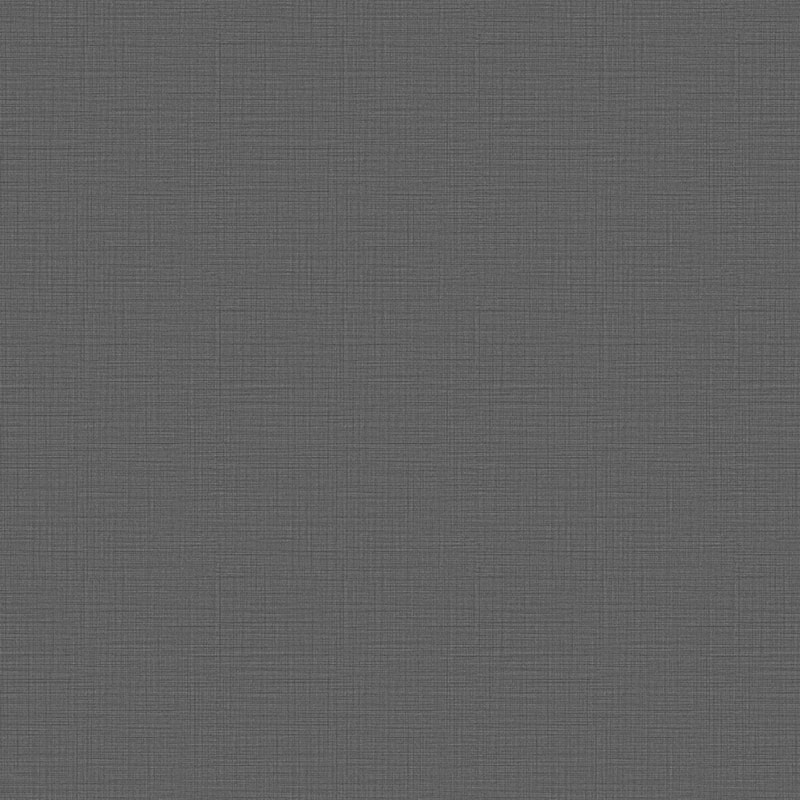










Introduction to Digital Print Décor Paper Digital print décor paper is a modern decorative material widely used in furniture, cabinetry, and interior surfaces. It combines advanced printing technology...
View MoreIntroduction to Digital Print Décor Paper Digital Print Décor Paper has emerged as a revolutionary solution in interior design, enabling designers and homeowners to achieve highly customized and visua...
View MoreIntroduction to Digital Print Decorative Papers Digital print decorative papers have revolutionized the design and manufacturing industry by offering high-quality, customizable patterns on a wide rang...
View MoreIntroduction to Decorative Papers Decorative papers are versatile materials used for home décor, furniture finishing, crafts, and industrial applications. Choosing the right pattern and texture is ess...
View MoreApplication versatility of Fabric Decorative Paper produced by Hangzhou XINYUE Decoration Materials Co., Ltd.
Fabric Decorative Paper produced by Hangzhou XINYUE Decoration Materials Co., Ltd., if it is designed with versatility in mind, can offer a range of applications across various industries and settings. Here are some potential uses and benefits of such versatile fabric-like decorative paper:
It can be used for wall coverings, furniture upholstery, and decorative accents in residential and commercial spaces, adding a touch of elegance and texture.
The paper could be used in the fashion industry for unique garments, accessories, or as a component in mixed-media textile art.
Crafters and DIY enthusiasts might use the paper for a variety of projects, including scrapbooking, card making, and home decor crafts.
High-quality decorative paper can be used for packaging, adding a luxurious feel to product boxes, bags, and gift wrapping.
It can be used to create attractive backdrops, displays, and exhibition stands that draw attention and enhance the presentation of products or artwork.
The paper could be used to create realistic-looking fabric backdrops or props for theater, film, and television productions.
It can be used in educational settings for teaching purposes, such as in art classes or workshops focused on design and materials.
In architecture, the paper might be used for decorative purposes, such as accent walls or to mimic the look of fabric in areas where actual fabric is not practical.
It can be used to create cushions, curtains, and other soft furnishings that require a fabric-like appearance without the maintenance of real fabric.
The paper can be customized with various patterns, colors, and finishes, allowing for a high degree of personalization in design projects.
The versatility of Fabric Decorative Paper is a testament to its potential to meet diverse needs and preferences, making it a valuable material for a wide range of applications.
Environmental impact of Fabric Decorative Paper produced by Hangzhou XINYUE Decoration Materials Co., Ltd.
The environmental impact of Fabric Decorative Paper produced by Hangzhou XINYUE Decoration Materials Co., Ltd. can be assessed from several perspectives:
If the paper is made from sustainable or recycled materials, it can have a lower environmental impact compared to materials sourced from non-renewable resources.
The manufacturing process should be evaluated for energy efficiency, water usage, and the generation of waste or emissions. A cleaner production process with minimal waste and emissions is more environmentally friendly.
As previously mentioned, a longer service life can reduce the need for frequent replacements, which in turn can decrease the environmental impact associated with the production and disposal of the paper.
If the Fabric Decorative Paper is recyclable, it can be repurposed at the end of its life, reducing the need for new raw materials and the environmental impact of waste disposal.
If the paper is biodegradable, it will break down naturally over time, reducing the environmental impact of waste in landfills.
The distance the product travels from the manufacturing site to the end user can also affect its carbon footprint. Local production and distribution can help reduce this impact.
The use of non-toxic, environmentally friendly inks and adhesives can minimize the environmental impact of the paper during its production and disposal.
The way consumers use and dispose of the Fabric Decorative Paper also plays a role in its overall environmental impact. Encouraging proper disposal and recycling can help mitigate negative effects.
By considering these factors, Hangzhou XINYUE Decoration Materials Co., Ltd. can work towards minimizing the environmental impact of their Fabric Decorative Paper and promote sustainable practices within their industry.